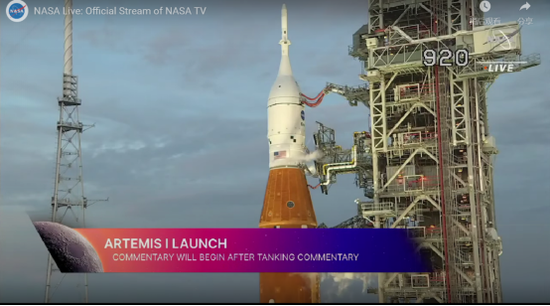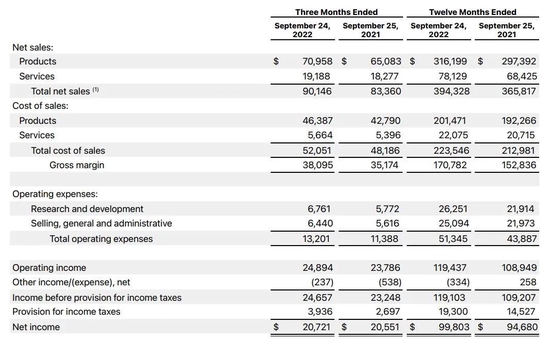your current location is:Home > TechnologyHomeTechnology
NASA's new-generation lunar rocket has been delayed again after the launch pad's lightning protection device was struck by three lightning strikes!
According to a report by CNN on the 29th, the US "Space Launch System (SLS)" heavy rocket, which was originally scheduled to perform its first launch mission at 8:33 p.m. on August 29th, Beijing time, could not be cooled due to the failure of the core-stage engine and the main fuel A potential crack in the case delayed the launch again.

About two hours before the scheduled launch time, the National Aeronautics and Space Administration (NASA) synchronously updated on its official website that NASA engineers were troubleshooting an RS-25 hydrogen-oxygen engine at the rocket core stage. As the rocket's cryogenic propellant was injected into the rocket, the NASA team discovered what appeared to be a problem with the temperature control of a core-stage engine, and they also found a crack in the engine's main fuel tank, the report said.
40 minutes before the rocket's scheduled launch time, NASA paused the countdown, and NASA ground engineers began to develop the next troubleshooting plan around the situation that the core stage engine could not cool down.
At 8:44 p.m. Beijing time on the 29th, NASA officially announced the cancellation of the launch mission of "Artemis 1" that day. The next step for NASA's mission team will be to solve the problem of engine fuel leaks. After the relevant data is available, the time of the next launch will be released to the public.
CNN reported that after the cancellation of the launch mission, the next launch window will be on September 2 or September 5, Eastern Time, but it is not known whether the above-mentioned failure can be solved before then.
The National Broadcasting Corporation reported that the "Artemis 1" launch mission is also known as "the most powerful rocket ever"-the highlight moment of the "Space Launch System" heavy rocket, and this launch mission will also pull Kick off NASA's long-awaited return to the moon. The ultimate goal of the plan is to send American astronauts back to the moon as early as 2025.
Previously, the first mission of the "Space Launch System" heavy rocket has been delayed many times due to pressure failures, the new crown pneumonia epidemic and other problems.
Just as the 48-hour countdown to the scheduled launch time, the Kennedy Space Center in Florida continued to experience thunderstorms, and the 39B launch pad lightning protection device where the "Space Launch System" was located was struck by lightning three times. The lightning protection device includes 3 lightning protection towers and wires with a height of about 182 meters, so that the launch vehicle and the spaceship carried by it can be protected from lightning strikes and other damages. Preliminary data from NASA showed that the lightning strikes were not very powerful.
Previous:What might Apple announce at its September 'Far Out' event?
Next:The latest development of Qualcomm's iPhone chip antitrust case: EU waives 1 billion euro fine
related articles
Article Comments (0)
- This article has not received comments yet, hurry up and grab the first frame~













